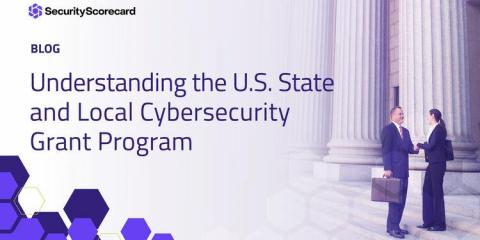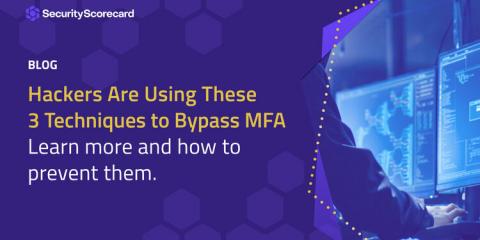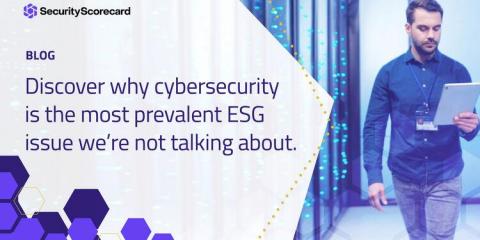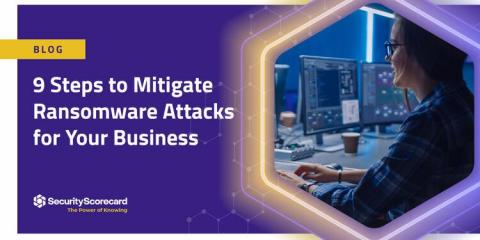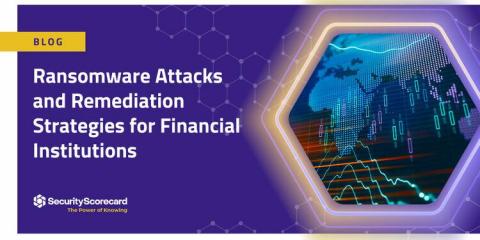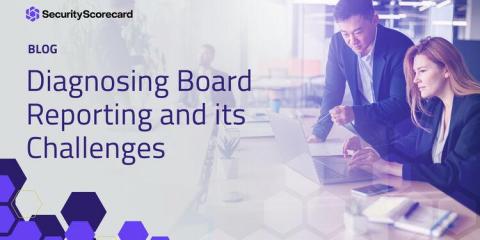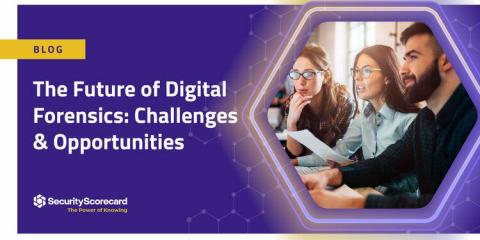Understanding the U.S. State and Local Cybersecurity Grant Program
With over 90 thousand different state and local governments across the U.S., creating a unified approach to cybersecurity and defending all of these counties, cities, territories, states, and commonwealths is not only in each of their interests, but the national interest as well.


